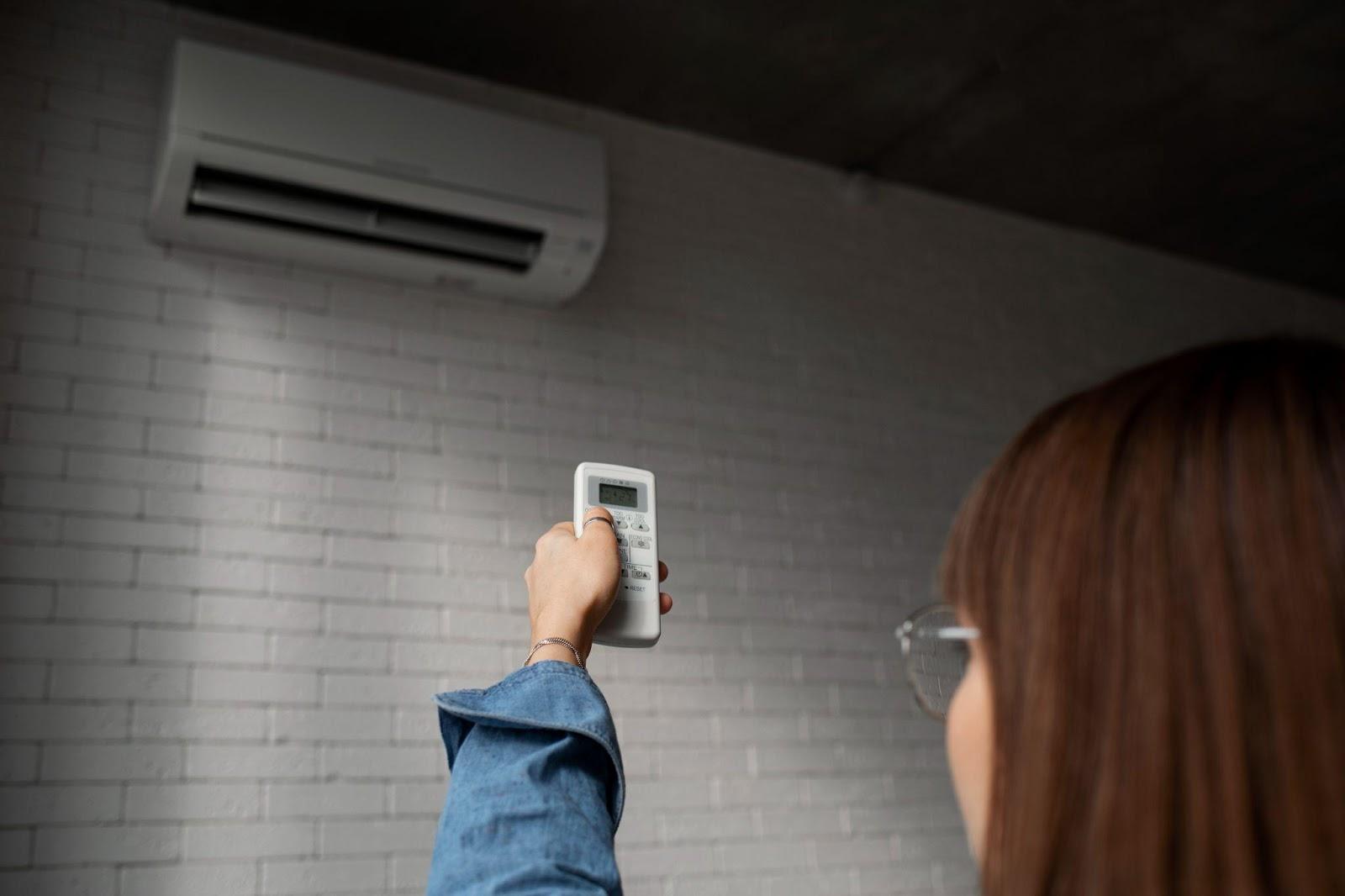When Your Thermostat Goes Rogue: 7 Signs It’s Malfunctioning

The thermostat is the unsung hero of your home’s HVAC system.
It discreetly monitors your indoor climate, keeping you comfortable all year long. However, when it starts to malfunction, even a minor issue can cause significant problems, such as higher energy bills, inconsistent temperature, or even a complete system breakdown.
Because it‚Äôs the central command center for your heating and cooling, a faulty thermostat can throw your whole system out of balance.¬Ý What begins as a minor annoyance can very quickly turn into a costly and irritating issue.
Thankfully, many thermostat problems will give some kind of warning before things get out of hand. Identifying these warning signs can prevent costly repair bills, reduced performance and long-term discomfort. If your home seems too hot, too cold or just “not right,” the culprit might be the thermostat.
Here are seven typical signs that your thermostat is going rogue, and what you can do about it before it tampers with your comfort and budget.
1. Temperature Doesn’t Match the Setting
One of the most common and most frustrating signs of a bad thermostat is when the temperature on the display doesn‚Äôt reflect how your home actually feels. For instance, if you have set your thermostat to 72¬∞F but your living room feels more like 78¬∞F or freezing cold, it could indicate that the internal temperature sensor isn‚Äôt working correctly.¬Ý
Poor placement can also skew temperature readings. Thermostats placed near windows, vents, and in areas with sunlight are known to be ineffective in accurately reflecting the actual temperature.¬Ý¬Ý
This can cause your HVAC (heating, ventilation, air conditioning) system to run too long or too infrequently, resulting in an uncomfortable home and wasted energy. Generally, cleaning, moving, or replacing the unit resolves it. If you are having such problems, it would be wise to troubleshoot malfunctioning thermostat systems to learn and solve the issue quickly.
2. The HVAC System Won’t Turn On or Off
If the heating or air conditioning doesn‚Äôt turn on or off at all, or if it starts up or remains on indefinitely, your thermostat is not communicating correctly with your HVAC unit.¬Ý
The thermostat is the switch that tells your system when to turn on and off based on the temperature readings. If this signal doesn’t reach the intended recipient, your home could freeze in winter or become a sauna in summer.
These issues can usually be traced to one of three common problems: dead batteries, dirty or corroded wire connections, or internal electrical failures. A fast switch-out could solve the problem for battery-powered models. In a hardwired model, look for a tripped breaker or loose connections.
If those fixes don’t work, you may need a professional to check the wiring or install a new thermostat.
3. Frequent Temperature Fluctuations
Do you find yourself adjusting the thermostat frequently because your house seems to struggle to maintain a consistent temperature? Consistent random temperature swings can be caused by a short cycling thermostat, which turns on and off your HVAC unit too rapidly. It makes your home less comfortable, ages your system more quickly, and uses more energy.
Incorrect configurations, defective sensors, and interference with other devices are common causes of short cycling. In some cases, even a lamp or a home appliance can be enough to disrupt the signal from the thermostat.¬Ý

4. Blank or Unresponsive Thermostat Display
It‚Äôs irritating not to be able to operate your HVAC system because the screen is blank, or the buttons aren‚Äôt responding.¬Ý
If your thermostat goes completely dark one day, that is likely a power outage. For battery-operated units, the solution might be as simple as replacing the batteries. However, if your unit is hardwired and still won’t power up, that could be a sign of a tripped circuit breaker, a blown fuse, or a problem with the internal wiring.
Loose contacts can also cause connections to fail on wires behind the wall plate or inside the thermostat. Hence, confirm the power supply and battery, and then reset the device and try again. If you’ve tried all this and the screen isn’t responding, the internal components may be beyond repair, and you’ll need a new one. Ignoring this issue could leave you without temperature control entirely.

5. Outdated or Aging Thermostat
The average lifespan of a thermostat is about 10 years, at which point it can lose accuracy and efficiency. If it‚Äôs over a decade, you‚Äôre probably at the point of needing a new machine.¬Ý
Older models often rely on outdated technology that can’t keep up with today’s HVAC standards. They can be slow, inaccurate, or lack features that you require, like the programmability to optimize energy.
But with newer thermostats, especially smart thermostats, there are features such as remote smartphone access, the potential to adjust itself based on your schedule and for the best energy use possible. A new thermostat can not only add comfort but can also save you hundreds on your energy bills, as well as extend the life of your system.
It is one of the easiest ways to freshen up your home instantly in a modern way.
6. Inconsistent Room Temperatures
If some areas of your home are hot and some are cold, do not immediately blame your ductwork. The issue may be with your thermostat, especially if you have a zoned system and one thermostat that controls multiple rooms.
Also, if the thermostat fails to regulate properly, one room may be cooled or overheated while another is neglected.
7. Unexpectedly High Energy Bills
If your energy bill spikes suddenly, and you haven’t made any significant changes to the way you use power, this could indicate that your HVAC system is working harder than it should. When a thermostat reads low or fails to shut off your system in time, your system will run continuously, wasting energy.
In addition to emptying your wallet, it can also strain your HVAC unit over time and reduce its overall life.

Wrapping Up
Thermostats are small, yet in terms of comfort and energy savings, they‚Äôre a huge deal! When your thermostat misbehaves, that can set off a chain reaction that affects the operation and dependability of your whole home comfort system.¬Ý
From mystery temperature shifts to sudden spikes in your utility bill, several signs could indicate your thermostat isn‚Äôt functioning as it should,¬Ý if only you know where to look.
Watching for these warning signs and taking quick action can help you prevent problems with your thermostat from turning into issues that are much more expensive to fix. Sometimes, just changing the batteries, discarding and cleaning out the machine does the trick.





